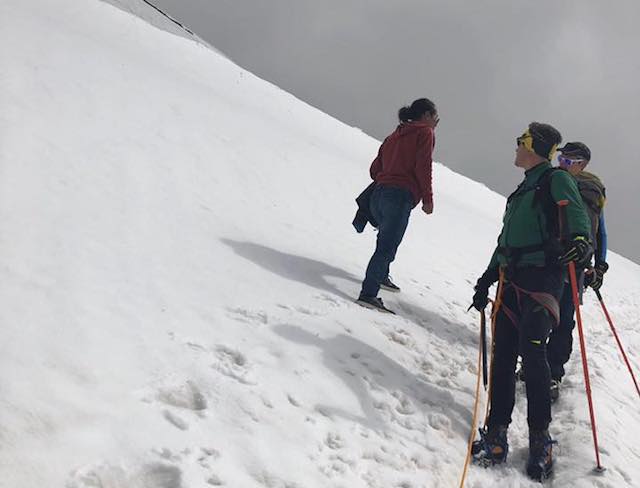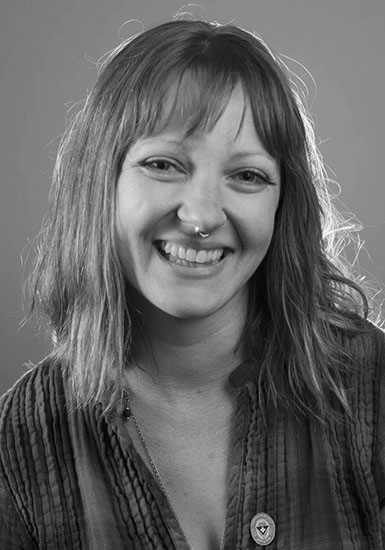

The team is trained to quickly bring the performer down and switch the act out for something on the ground. They also send ushers to guard the masts from audience members. If lightning strikes within 6 kilometers, we pause anything that’s in the air,” he said.

On his display was a map with concentric circles emanating from Ball Arena.

Half of the volunteers huddled around Barrus’ phone while he spelled out the app’s name, Sferic, and showed them the homescreen. “What’s the name of that app you’re using?” O’Brien asked, pulling out his phone. “But about 15 minutes later we got struck by lightning.” “About two months ago we got a notification from our app that we were going to be struck by lightning, I didn’t believe it,” Barrus said. Barrus said the most common reason they switch up a show is for weather. Kooza has 22 variations of the same show, which they can toggle between if necessary to account for performer injuries, technical difficulties or inclement weather. What happens if there’s lightning? A signal light turns red, the tech crew holds their arms across their chest in an “X,” and the performers get down. How do the performers tell technicians the tension is wrong? Hand signals. Barrus launched into an explanation of torque and tension that the rescue volunteers nodded along to, peppering him with questions throughout. The high wire is strung between two of the four masts, which also support the tent. “We’re usually looking for things we never want to see.” (Olivia Sun, The Colorado Sun via Report for America) “They’re looking for certain targets that they want to hit,” said an Alpine volunteer, of Kooza engineers. Volunteers with Alpine Rescue often use rope systems similar to Kooza’s, and have to consider variables like slope and load. “He’s been doing that for a long time.” Cirque Du Soleil Technical Director Andrew Barrus gives a backstage tour to volunteers of the Alpine Rescue Team.

“Is that steel? And he’s doing that with his bare hands?” rescue volunteer Shane O’Brien asked, as the crew gawked at a high wire acrobat, spinning his body like the hands of a clock around and around and around a cable. The rescue team arrived during high wire practice, so Barrus took them to the big top - the circus’s main stage - where performers were laughing, dancing and jumping rope 30 feet off the ground. They both have training quotas and practice high-intensity situations, but they also spend a lot of time together outside of the job and call one another “family.” They are whizzes in geometry and can quickly calculate the safety factor of a rope passing through a pulley at a 90-degree angle, or dangling over the edge of a cliff. Both crews operate under pressure in high-stakes environments. Though their daily efforts are wildly different, the Alpine Rescue Team and the Cirque du Soleil technical team speak the same language. This resonates with the rescuers, whose weekly training that night is about lowering a subject - what they call the injured person on a rescue - using pass-through knots, so that the subject “doesn’t feel anything,” Howard Paul, a rescue volunteer, said. “So you have to make sure everything is exact so that there is no question in their mind.” A performer is a performer - they’re only thinking about performing,” Barrus said. * The Foothills Fire Protection District also owns undeveloped property on Lininger Mountain and in Idledale.What an alpine rescue team can learn from the Cirque du Soleil Closeīy the time any performer actually touches the equipment, the setup crew, which includes the technical team, will have sunk 1,200 stakes into the ground and raised four 82-foot masts, hundreds of smaller poles and 84 grounding stakes in case of lightning. * The Alpine Rescue Building is located on Foothills property and is on a 40 year lease to Alpine Rescue Team. The station consists of two bays and storage within Mount Vernon’s maintenance building The station has has four truck bays, a meeting area, kitchen, a rest room. There is no office or meeting space at the Grapevine station. (South East side of District near I-70 exit 256) The structure has four truck bays, an office, a kitchen, a dayroom, a rest room and a shower. The newly remodeled station now serves as the district's main administrative office and has 3 truck bays, a full-service office and storage room with training facilities. Foothills Fire & Rescue currently operates five fire stations: (click on each image for a larger photo)


 0 kommentar(er)
0 kommentar(er)
